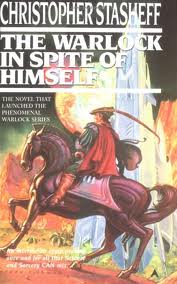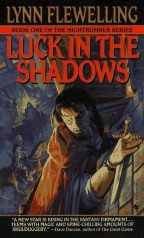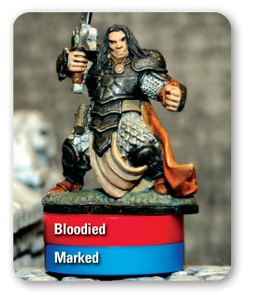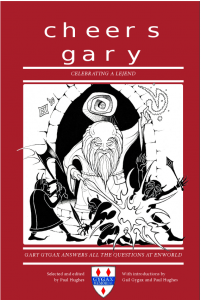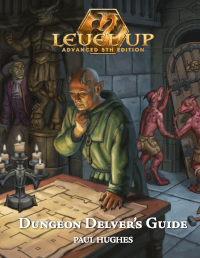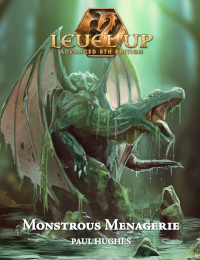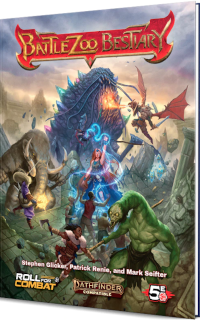Malice’s Returning Sending Stone:
One of these stones is red and one is black. The holder of the red stone may, as a free action, summon the black stone to his other hand.
My old
houserules for leveling magic items mean that every piece of magical treasure has the potential to gain power in ways that the players can’t predict. Furthermore, WOTC recently invented the concept of the “rare magic item,” but haven’t given us lots of examples.
While some items may get mechanically better (for instance, a +1 sword becomes a +2 sword), it’s more challenging to improve items that don’t have numeric bonuses. I thought I’d go through the Wondrous Items in the 4e Player’s Handbook and give examples of how each could gain powers that reflect their history.
This stone was upgraded by Malice the warlock, whose typically incompetent goblin operatives were always dying on missions. Malice couldn’t be bothered to mount all sorts of expeditions to reclaim her sending stone off goblin corpses.
Enslaving Sending Stones
These sending stones “level up” when their owner learns how to read the tiny runes inscribed on the stones. One of the stones is called the Master Stone and one is the Slave Stone. Once a day, the holder of the Master Stone may use a command word in conjunction with the Sending Stone’s normal power. He or she may make an Int, Wis, or Cha attack, with bonuses for any implement used, on everyone within burst 3 of the Slave Stone. If the attack is successful, the listener is stunned (save ends). If the listener fails the first save, he or she is compelled to follow the command. The listener doesn’t get normal saving throws at the end of each turn against the command, but actions that grant extra saving throws (like heal checks) might be able to end the effect early. Commanded creatures don’t know that their behavior is unusual until the effect ends.
The command word may or may not involve a nice game of solitaire.
Spy’s Sending Stones:
Besides speaking to its sibling, the Spy’s Stone allows, as a once-per-day standard action, the user to send a message of up to 25 words to anyone in 100 miles, as with the Sending ritual. The subject must be adjacent to a stone (on the ground or in a wall, for instance) or the sending fails. The stone speaks the message, and anyone within 5 squares can hear it. Until the beginning of the caster’s next turn, the subject may, as a standard action, send a reply of up to 25 words through the same stone.
Used by spies for generations, the Sending Stones finally found its way into the hands of Brasslung, a dwarven cleric, who used it to send fake “messages from the God of Stone” to members of his clan. Brasslung is currently the High Priest of the God of Stone, and rich.
Next weeek: three versions of Keoghtom’s Ointment.


